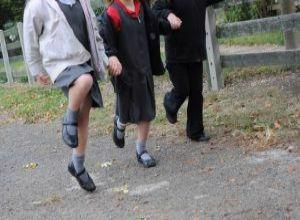In a Safe System, it is acknowledged that people are vulnerable, and people make mistakes. The vulnerability of human beings cannot be changed, although vehicles and road environments can be improved to protect human beings and reduce levels of vulnerability.
It is also essential to highlight the shared responsibility for the creation of a Safe System – road designers and vehicle manufacturers will strive to create the safest roads and vehicles but people need to ensure that they use them safely, and within the traffic laws.
Activities being delivered
Case study - Ridefree
Ridefree is an initiative developed in the East of England between Highways England, Driver and Vehicle Standards Agency (DVSA), road safety partnerships, motorcycle representatives and approved training bodies. This included the Vision Zero Partnership, which was heavily involved in the development of the scheme.
Ridefree is a free online training course that you should complete before taking your moped or motorcycle compulsory basic training (CBT). Find out more at Ridefree on GOV.UK
Presently, the Vision Zero Partnership promotes the benefits of Ridefree and helps new riders get in contact with local trainers delivering it which makes it a low cost but effective intervention for the Partnership.
An evidence-led process reviewed motorcycle initiatives and in-depth collision analysis amongst other research which revealed that young motorcyclists were being involved in collisions but were not the focus of road safety interventions.
Two enhanced versions of Compulsory Basic Training (CBT) were created after experts performed a ‘behavioural diagnosis’ understanding influences on behaviour and the engagement opportunities to them.
Ridefree is a positive example of a collaborative partnership working on the development of an evidence-led scheme, which is currently being rolled out by DVSA nationally to enable and aid young novice drivers to prepare for their training.


